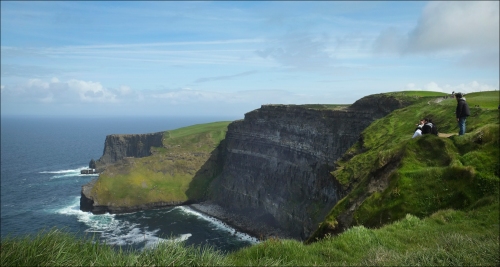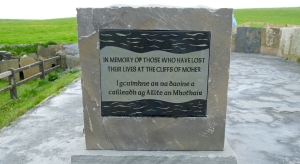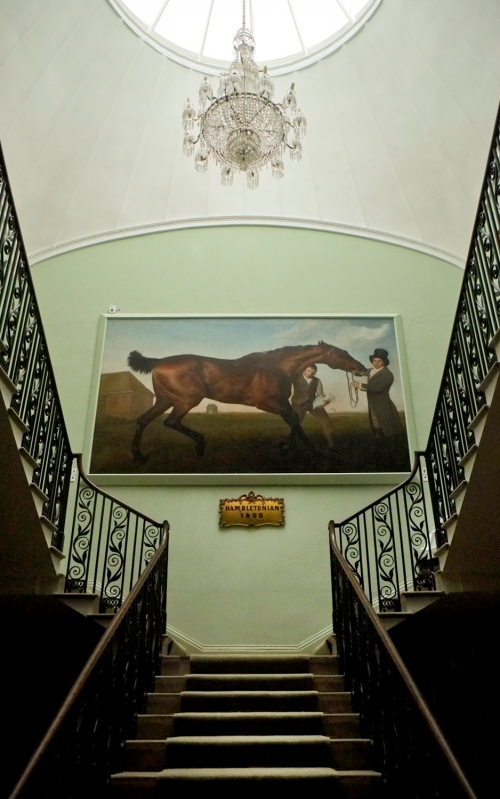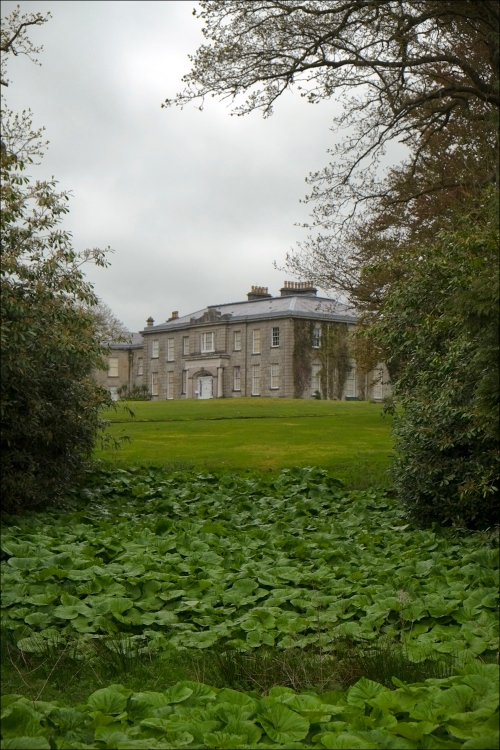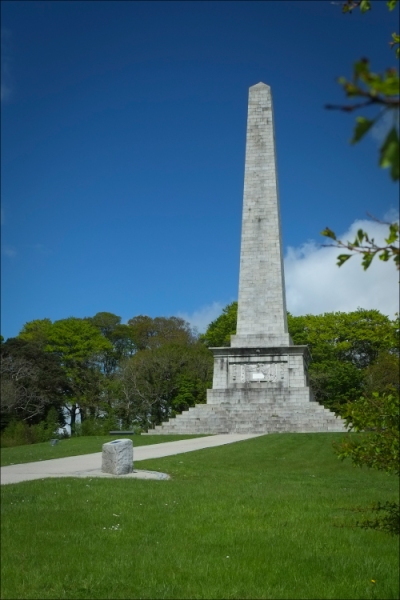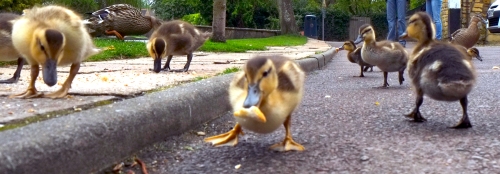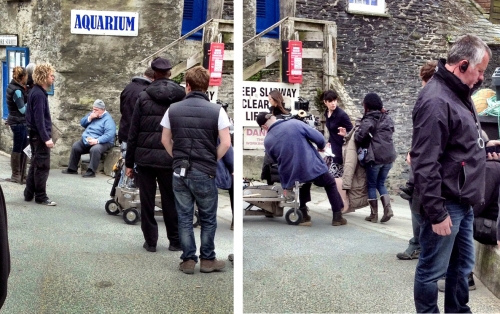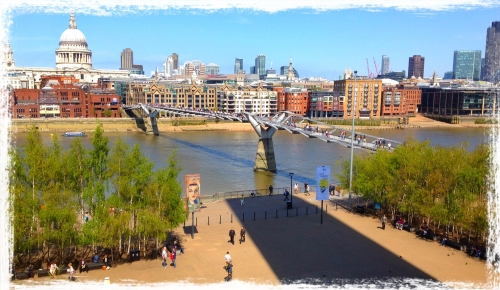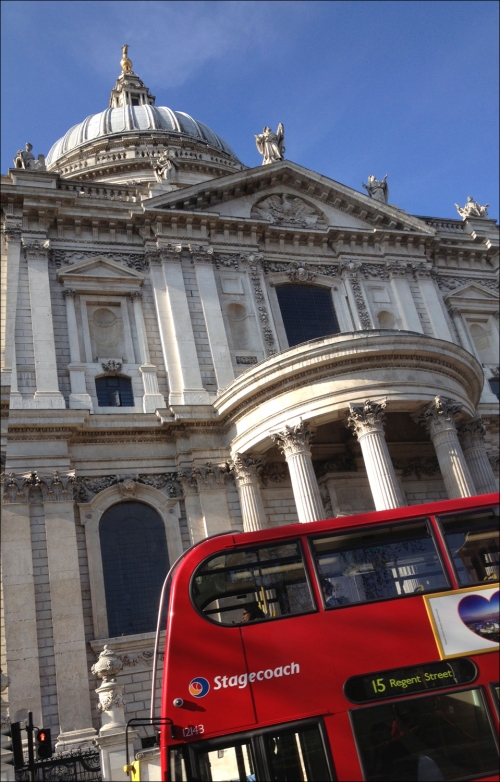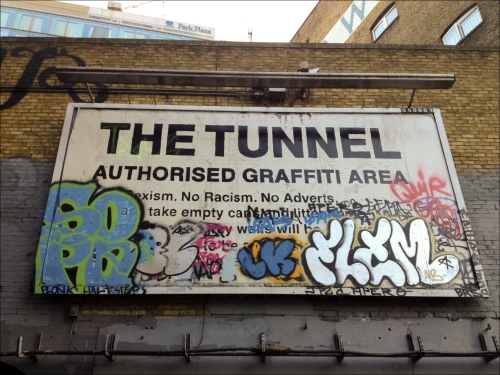Fun with Asians
For fear that we may not be back to Holland again, we have set about getting to all the “must see” tourist destinations and, apparently, so did a lot of other folks.
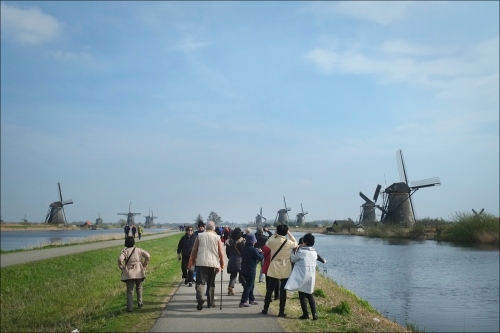
At Kinderdijk
Now I know a lot of you think that Asian tourists may be, shall we say, moving a little too fast. As a group they’re more fun then they get credit for.
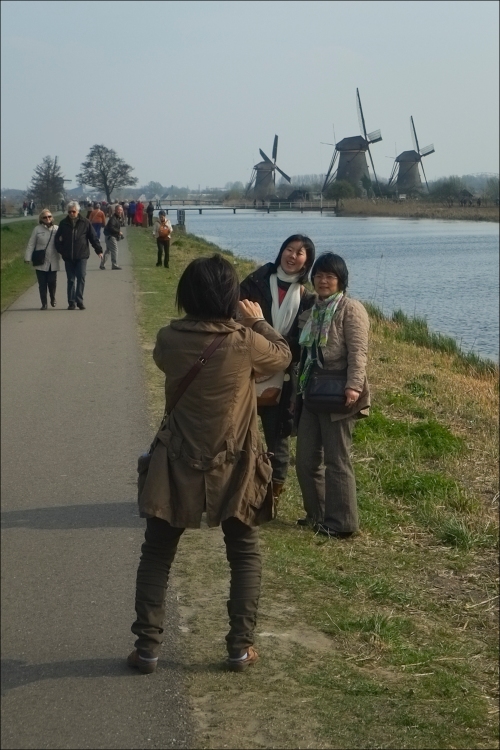
More Picture Taking At Kinderdijk
We pulled into the Cheese Market in Alkmaar as 7 buses were unloading a sea of umbrella wielding little people. It looked like Bingo Night in Okinawa.
And Man, do they stick together. Groups moved through the Rijksmuseum like schools of jellyfish. If you become an obstacle to it’s progress, the school just flows around you and quickly regroups. If the group fixates on a painting it will form an impenetrable wall and you just have to wait your turn. The only saving grace is that they seem to have a schedule to keep.
Don’t take me wrong everyone was friendly and respectful and, mostly, were just busily chatting nonstop amongst themselves. One thing I did notice in Amsterdam was that there were very few Asian Tourists on the trams. That’s because they’re like JayZ or Willie Nelson. They bring their own Party Bus.
Whatever it is, they are happy to be here. Very happy.
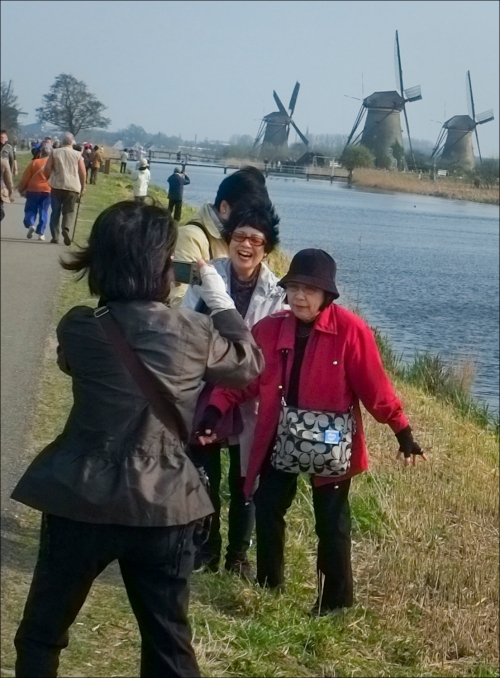
Picture Taking At Kinderdijk
With or without lots of tourist Kinderdijk is a UNESCO World Heritage Site and well worth the visit.
Down on the Farm
We were staying at a great little farm, De Appelgaard, in South Holland. I’m somewhat of a city boy and don’t do particularly well with farm animals. Cows and horses scare me a little and let’s face it, goats and sheep are pretty freaky looking.
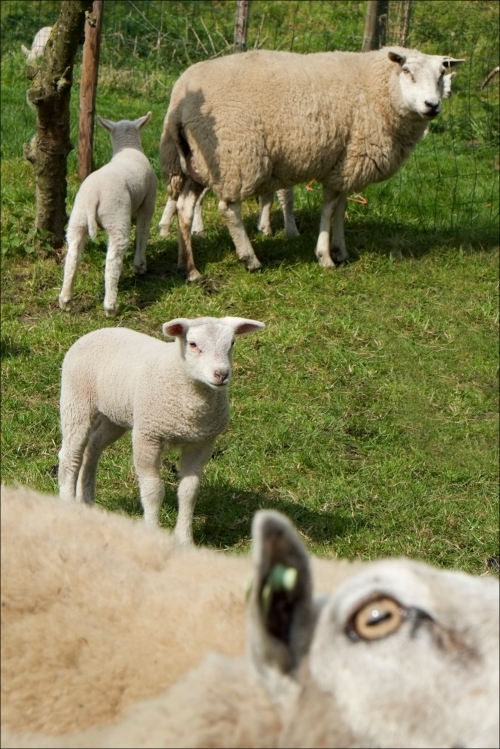
All that been said, if you want a B&B, this is your place. We had a big room, great shower and terrific breakfast, which is included in the price of the room, making it the most important meal of the day. An hour before eating, the eggs were still in the chicken and the milk was still in the cow.
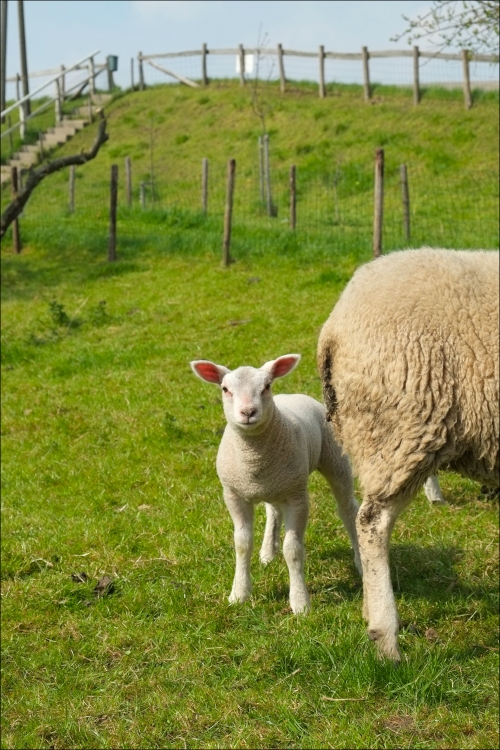
Appelgaard
Fun with the Dutch
It started innocently enough. We thought we’d just pop into Gouda for a little supper. After the standard half hour search for parking we walked through the Market Square and heard Wilson Picket coming from an opened door.
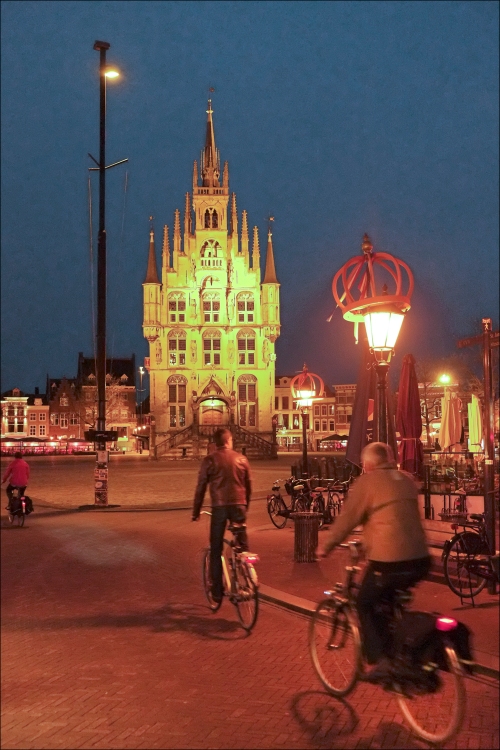
Stadhuis in Gouda
We ended up in this place called TOF. During the day it’s a café with chairs and tables on the Square, but at night it transforms into a Disco and is packed.
I know this photo may look a whisper shady, but the people couldn’t have been nicer to us. They made us a special sample plate and gave us some free drinks. After we admired the beer glasses they gave us each one.
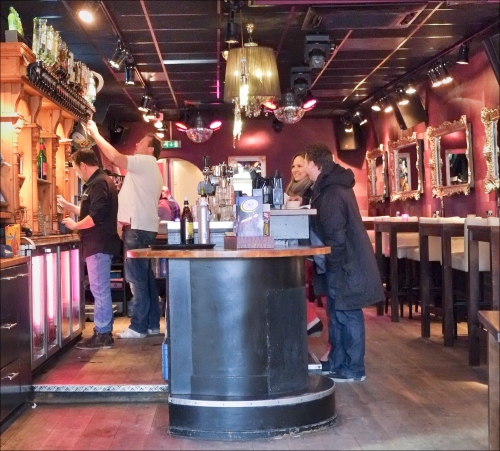
TOF Gouda
You’re probably wondering exactly what these two lunatics are doing and all I can tell you is that the special on the menu is “Spicy Balls”. When Wendi asked to see them mayhem quickly followed. The guy on the right is manager #2 and the guy on the left is manager #3. We didn’t really see him do a whole lot of managing.
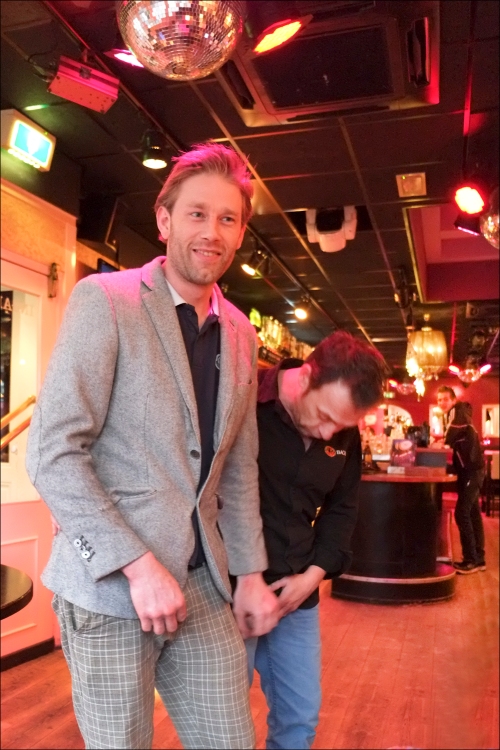
Manager 2 & 3 at TOF in Gouda
After a couple rounds and soothing effect of Motown they decided we were OK and dragged us up the street to their other club, Swing, for a very private “Cigar Party”.
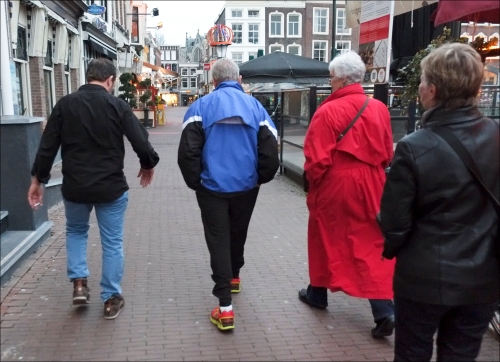 Off to Swing
Off to Swing
It’s a little odd as none of us would ever smoke a cigar. As it turns out smoking tobacco is far more narfarious behavior then pot smoking. Let me explain. There are shops where you can go indoors to smoke the dreaded reefer and neither you nor the management have to fear a fine or arrest. On the other hand smoking tobacco in outlawed indoors everywhere. Young people love to smoke tobacco so club owners routinely turned a blind eye. Now clubs get two warnings. On the third time it’s a 10,000 euro fine and the fourth time costs you 50,000 euros and your business license for 6 months.
This all made the party feel a little outside the rules.
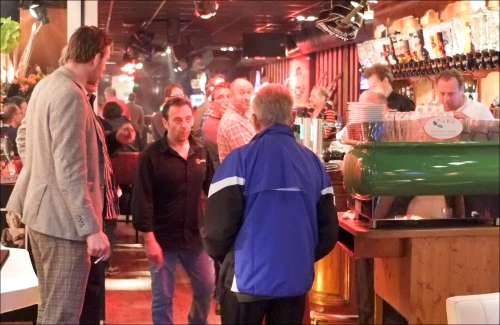
Swing in Gouda
This is manager #4, we have absolutely no idea what he manages.
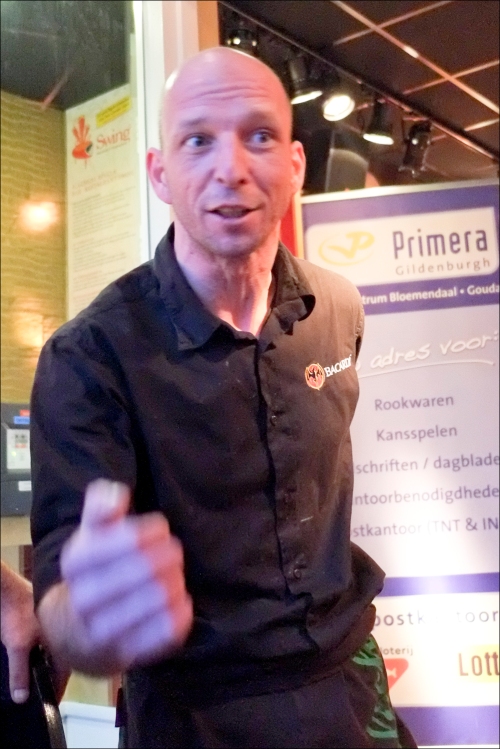
Manager #4
These are dear friends Harvey, left, and Fran, right. That’s Wendi in the foreground and two guys in the middle are the big dogs. The guy on the left is manager #1 and when he talks the walls rumble. The guy on the right is his Dad, owner of these two businesses, and apparently some other more secretive business concerns that we couldn’t really go into. He never seemed to stop giggling.
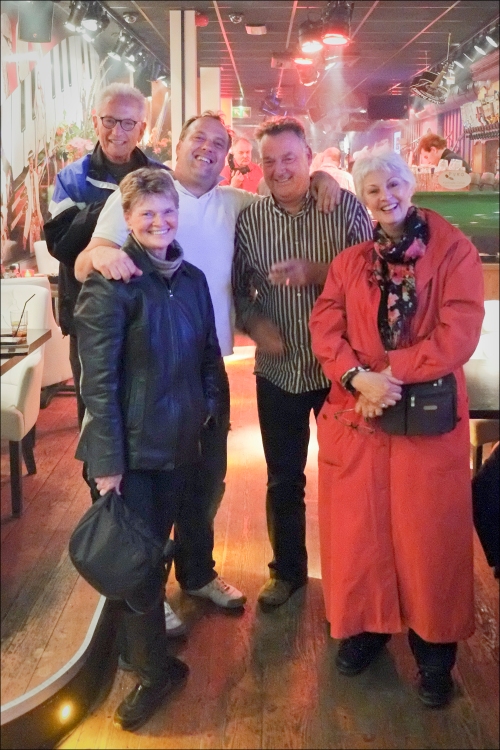
TOF owners in Gouda
On a final note I should tell you that these folks told us in no uncertain terms that they love, adore , long to return to their spiritual home. Their Nivana on earth, their muse and constant inspiration, Las Vegas, Neveda.


